“The Mind melding of Leo & Pipo”, by Joel Zuercher by Leo & Pipo (via http://flic.kr/p/hHVJ4d )

“The Mind melding of Leo & Pipo”, by Joel Zuercher by Leo & Pipo (via http://flic.kr/p/hHVJ4d )

“The Mind melding of Leo & Pipo”, by Joel Zuercher by Leo & Pipo (via http://flic.kr/p/hHVJ4d )

L1017126.jpg (via http://flic.kr/p/qwEixo )

L1017044.jpg (via http://flic.kr/p/qhovaw )

L1016934.jpg (via http://flic.kr/p/pCbi2D )

http://www.businessinsider.com/data-breaches-infographic-2014-12
*Wait till next year
“
Each one, he said, took about three days to paint. “Before I had some Western customers,” he told me. “Now all my clients are Chinese.” He paused, looking from the wet pink poppies to the rather depressing tones of the old school classical flowers. Was there a relationship between the shift in global purchasing power and his artist’s palette? “There is a difference in taste,” he said at last. “I’d say that Westerners prefer classical pictures which tend to be very dark. Chinese people like bright colours.”
–China’s oil painting village feels global shift (viaiamdanw)

I’m just gonna go ahead and start responding to any and all pleas for advice with that line. I’m gonna make that a thing.

draline tong herbs by Dawn D (via http://flic.kr/p/qaTXDs )

eighteenth century by Dawn D (via http://flic.kr/p/qwwNBw )

photo-2013-03-26-21-14-22-942 by @XIII (via http://flic.kr/p/ksdwoM )

. by [imperfect] (via http://flic.kr/p/mjAQow )

by .ultraviolett (via http://flic.kr/p/dYHXZ9 )

by diadà (via http://flic.kr/p/brYjPx )

by diadà (via http://flic.kr/p/bswibX )

by diadà (via http://flic.kr/p/e6mRp3 )

by dirtyharrry (via http://flic.kr/p/prPi9X )

by dirtyharrry (via http://flic.kr/p/oWzUay )

_DSC1746 by !i!i!i!i!i!i! (via http://flic.kr/p/pB7JaC )

Begrave blip meet. by MrJohnblip (via http://flic.kr/p/q7aVKQ )

There Must Be More to Life Than This by Anthony Gerace (via http://flic.kr/p/m1HMjD )

Jean by Anthony Gerace (via http://flic.kr/p/oBCqjV )
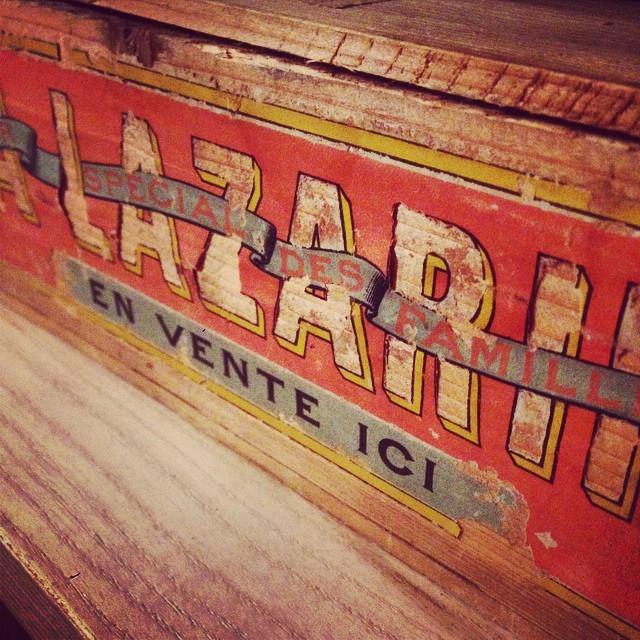
This is a detail of a vintage box I have, the white paper was destroy by time so it looks like they are cut out ! (via http://instagram.com/p/xH0pr4JXws/)

20141227 (via http://flic.kr/p/qhiwue )

20141226 (via http://flic.kr/p/pBKxhd )

20141225 (via http://flic.kr/p/qwsR8w )

20141224 (via http://flic.kr/p/qyK1ec )

20141223 (via http://flic.kr/p/qhjZoa )

Kodak Ektachrome 9x12cm colour film (expired February 1956) by typicalaussiebloke (via http://flic.kr/p/qwQdHu )
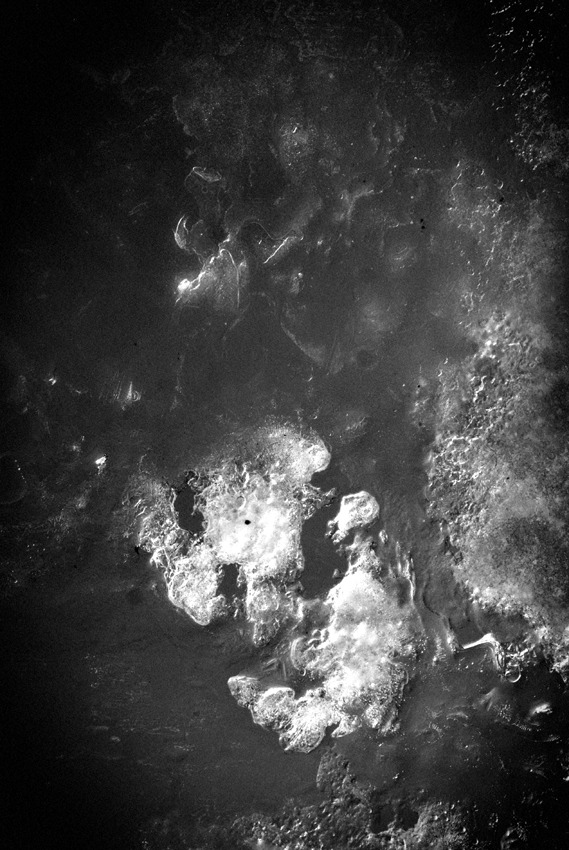
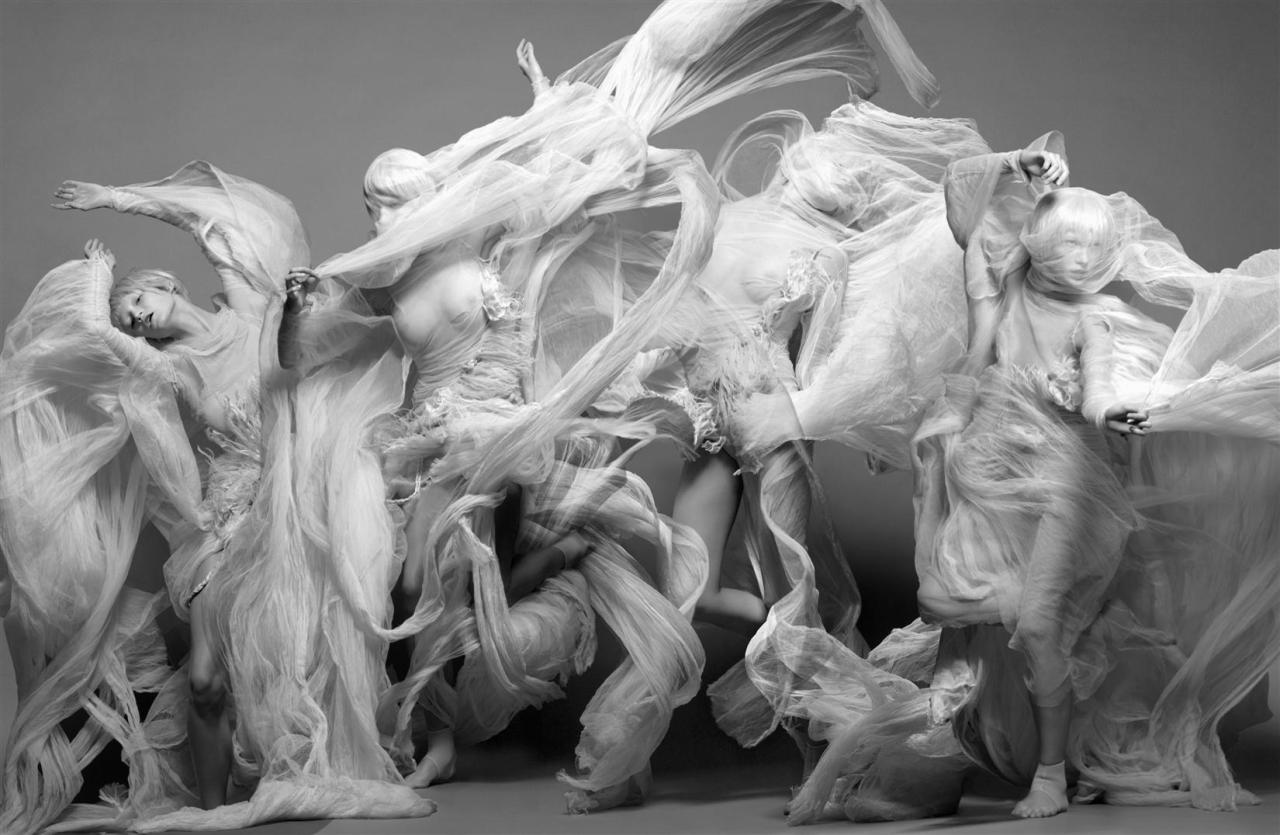
Elena Sudakova by Sølve Sundsbø for Invitation à la danse, Numéro magazine issue 91
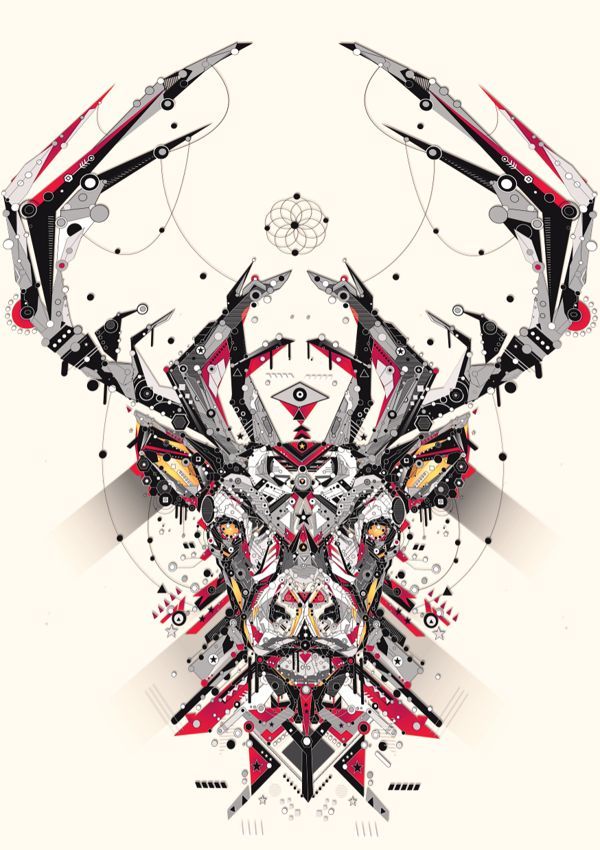
Animals by YO AZ

by (x)99. (via http://flic.kr/p/qvJZaY )

saturday. by (x)99. (via http://flic.kr/p/pB2QcE )
The art field is a space of wild contradiction and phenomenal exploitation. It is a place of power mongering, speculation, financial engineering, and massive and crooked manipulation. But it is also a site of commonality, movement, energy, and desire. In its best iterations it is a terrific cosmopolitan arena populated by mobile shock workers, itinerant salesmen of self, tech whiz kids, budget tricksters, supersonic translators, PhD interns, and other digital vagrants and day laborers. It’s hard-wired, thin-skinned, plastic-fantastic. A potential commonplace where competition is ruthless and solidarity remains the only foreign expression. Peopled with charming scumbags, bully-kings, almost-beauty-queens. It’s HDMI, CMYK, LGBT. Pretentious, flirtatious, mesmerizing. This mess is kept afloat by the sheer dynamism of loads and loads of hardworking women. A hive of affective labor under close scrutiny and controlled by capital, woven tightly into its multiple contradictions.
http://www.e-flux.com/journal/politics-of-art-contemporary-art-and-the-transition-to-post-democracy/

Hole punch clouds over the Bahamas by NASA Goddard Photo and Video (via http://flic.kr/p/qxzuR4 )
“ignorable background architecture”

雪の為に其の
“He had never felt this outside of the Zone, and even in the Zone it had only happened two or three times. Suddenly, he seemed to be in another world. A million smells assaulted him at once—smells that were sharp, sweet, metallic; dangerous, caressing, disturbing; as immense as houses, as tiny as dust particles, as rough as cobblestones, and as delicate and intricate as watch gears. The air turned hard, it appeared to have surfaces, corners, edges, as if space had been filled with huge coarse spheres, polished pyramids, and gigantic prickly crystals, and he was forced to make his way through all this, as if in a dream, pushing through a dark antique shop full of ancient misshapen furniture … This only lasted a moment. He opened his eyes, and everything disappeared. This wasn’t another world—it was his same old world turning an unfamiliar side toward him, revealing it for an instant, then immediately sealing it off, before he even had the chance to investigate.”
–Roadside Picnic - Arkady and Boris Strugatsky (viam1k3y)
“Free labor and rampant exploitation are the invisible dark matter that keeps the cultural sector going.”
–Hito Steyerl, Politics of Art: Contemporary Art and the Transition to Post-Democracy (viajuhavantzelfde)
“In an attempt to find a balance between releasing footage and redacting private details, Seattle police held a hackathon of Friday.”
–Seattle Police Held a Hackathon to Figure Out How to Redact Body Cam Video Streams (viaiamdanw)


“Perhaps the most urgent fear is this: a sense among even those Chinese whose living standards have soared that frantic development has come at too high a price. Never in history have the promise and peril of head-spinning modernization been so apparent within the space of a single lifetime. A country where the authorities call the air in the capital “fine” on days when nearby skyscrapers are completely shrouded from view, where waterways are suddenly and inexplicably clogged by enormous numbers of pig carcasses, where once-revered elders live in rural poverty and isolation — this is the stuff of nightmares. The party’s anxiety over these bad dreams can be seen in many things — in its calls for official think tanks to study carefully the “color revolutions” that toppled East European and Central Asian autocrats, and in the suggestion that party cadres read de Tocqueville’s account of the French Revolution, to ensure that China avoids the mistakes of the ancien régime.”
–Jeffrey N. Wasserstrom, ‘The Elusive Chinese Dream’ (2014)
“We don’t distinguish among “hacking” behaviors now — everything that’s done in any way to harm, compromise, gain unauthorized access to, probe, or monitor without knowledge is considered a hack or hacking. And media outlets obligingly stretch the definition as wide as possible for short headlines and shallow stories. We don’t ask about function, motive, provenance, authority, or any other detail. Hacking is coding is doxing is theft is an intelligence operation is a malware insertion is a leak is a practical workaround. File it all over there, in the menacing box with the skull and crossbones on it.”
–Scott Smith, ‘In 2015, we’ll need different words to talk about the future’ (2014)
“As it happens, timespace as heterogeneous singularity is not unprecedented in human history: the dreamtime of the indigenous Australians in which past, present and future were held in symbiotic tension, is known as the “all-at-once-time” as opposed to the one-thing-after-the-other-time that we all became accustomed to in occidental modernity. The first synchronous electric clocks—the ones we now see on the tower-most parts of monolithic modern architectures—were introduced only in the 1920s. A synchronous electric clock has no inherent timekeeping properties, but runs at the frequency of the electrical power source, which—when coupled to an electric motor with the correct gearing—drives the clock hands at the correct time. Even time—as we know it—is virtual: a technological construct.”
–Rhizome | Post Whatever: on Ethics, Historicity,& the #usermilitia (viaphotographsonthebrain)

works by michael manning.

Untitled, silver gelatin print, oil paint, 2010

Cleaning the wings by mag3737 (via http://flic.kr/p/nP8x6m )
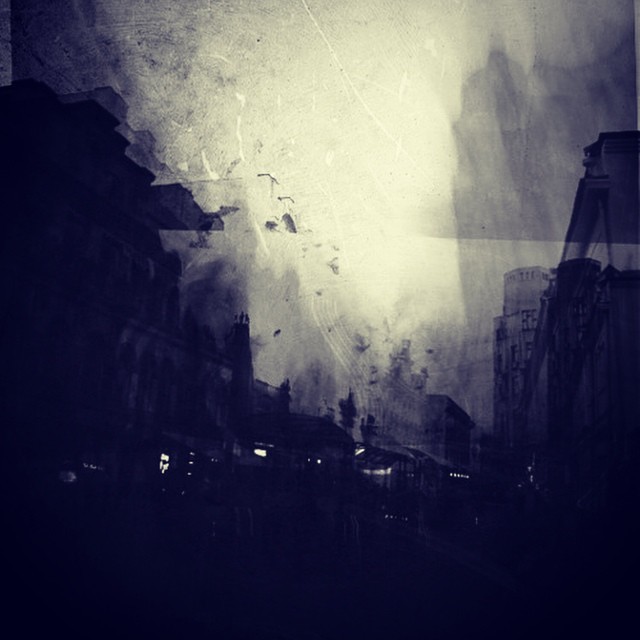


“(T)he expanded use of unmanned drone missiles has been made possible by an intelligence-gathering system which the US Air Force has named Operation Gorgon Stare. It refers to a collection of surveillance and data-analysis resources that “sees” unblinkingly 24/7, indifferent to day, night, or weather, and that is lethally oblivious to the specificity of the living beings it targets.”
–24 / 7: Late Capitalism and the Ends of Sleep by Jonathan Crary (viajuhavantzelfde)

Göksu Baysal
Neukölln, Berlin - November, 2013
“
Wal-Mart and Amazon have become America’s main conduits for cheap, mass-produced goods from China’s factory floors. But who needs them anymore? I am holding in my hands a men’s down jacket with fur trim, sent four days ago direct from a warehouse 67 miles west of Shanghai. The $52.19 jacket won’t be confused for Prada. The fur appears to be “fur.” It came out of the box smelling like plastic and solvent. What the jacket represents is far more interesting: It’s the final and direct link between China’s manufacturers and the global consumer. In the same way Chinese companies took over the production of goods, they are now increasingly capable of merchandizing those goods, using the Web and modern freight transport. Bentonville, you are being outsourced to China, too.
–Who Needs Amazon or Wal-Mart? China Cuts Out the Middleman (viaiamdanw)
“The huge portion of our lives that we spend asleep, freed from a morass of simulated needs, subsists as one of the great human affronts to the voraciousness of contemporary capitalism. Sleep is an uncompromising interruption of the theft of time from us by capitalism. Most of the seemingly irreducible necessities of human life—hunger, thirst, sexual desire, and recently the need for friendship—have been remade into commodified or financialized forms. Sleep poses the idea of a human need and interval of time that cannot be colonized and harnessed to a massive engine of profitability, and thus remains an incongruous anomaly and site of crisis in the global present. In spite of all the scientific research in this area, it frustrates and confounds any strategies to exploit or reshape it. The stunning, inconceivable reality is that nothing of value can be extracted from it.”
–24 / 7: Late Capitalism and the Ends of Sleep by Jonathan Crary (viajuhavantzelfde)

Loris Cecchini
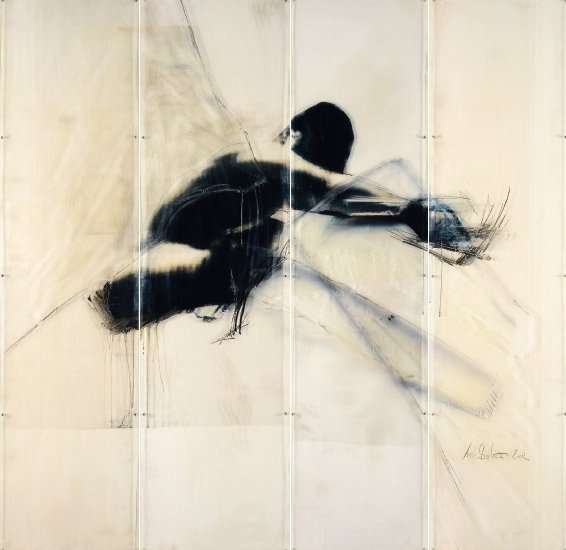
regardintemporel: Ulricke Bolenz - Quadriptyque, 2002


Mars, the only known planet inhabited solely by robots.

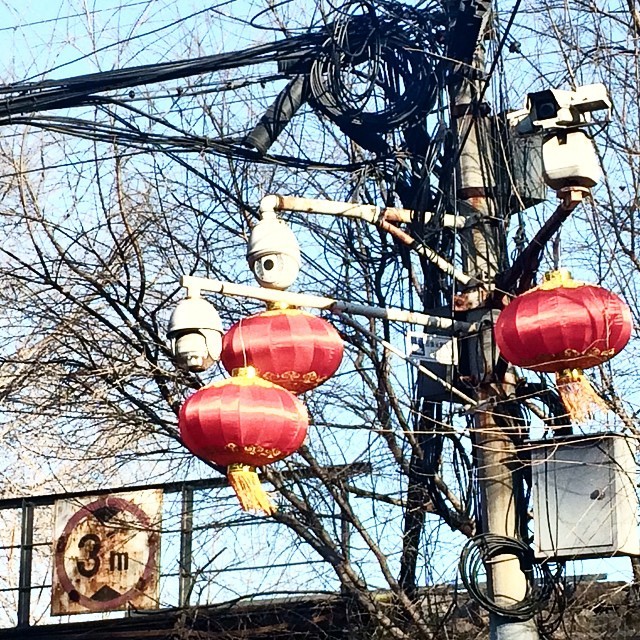
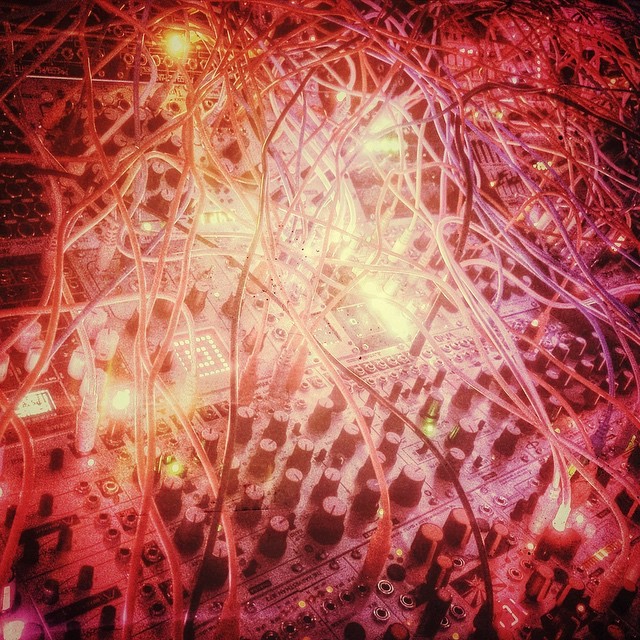
Voltage Neural Networks. ✨ (via http://instagram.com/p/w-1OdXjQuN/)



“a book titled People of the Twenty-First Century”
–Photographer Spends 20 Years Documenting How We All Dress Exactly Alike (viaiamdanw)


Animatronic death by ADMurr (via http://flic.kr/p/booAc5 )

Detroit, Michigan by ubik14 (via http://flic.kr/p/pLBsqX )

伊藤医院 by otarako (via http://flic.kr/p/mXAZpM )

Subtle black by pioforsky (via http://flic.kr/p/pWwMCA )

Northrup X-21A by freeside510 (via http://flic.kr/p/nTQSpF )

Disappearing Act by freeside510 (via http://flic.kr/p/q4BQKf )


the temptation of the silent veronica by f w. (via http://flic.kr/p/no7KHe )

pitfall by Masakazu Chiba|蒔山 (via http://flic.kr/p/qboSKS )

tracerBlackc174.64426 by intr0spector (via http://flic.kr/p/khy9MS )

tracerBlackc188.99893 by intr0spector (via http://flic.kr/p/khvCae )

by Christian Pitschl (via http://flic.kr/p/7k2k9S )

DSC_5369 by DeepLovePhotography (via http://flic.kr/p/oQz35q )

DSC_5449 by DeepLovePhotography (via http://flic.kr/p/pv3UC2 )

Tokyo, Japan by Tyler Bjorkman (via http://flic.kr/p/dbxfSN )

Tainan/Kaoushiung Border, Taiwan 台南縣 by Tyler Bjorkman (via http://flic.kr/p/izTqbz )





Pope, mediated (Reuters/Alessandro Bianchi)

I mean, we were warned of course, we just didn’t take it seriously #Uppsala (via http://instagram.com/p/w8_Q5RzYMs/)

who.were.you.talking.to by jonathancastellino (via http://flic.kr/p/qvwFXw )

久シブリノコトヲ by Masakazu Chiba|蒔山 (via http://flic.kr/p/qegBwD )

Historical values for the length of the day, from the University of California’s Lick Observatory.
Those are some pretty great axes. “Besselian epoch”! “LOD - 86400 SI seconds [ms]”!
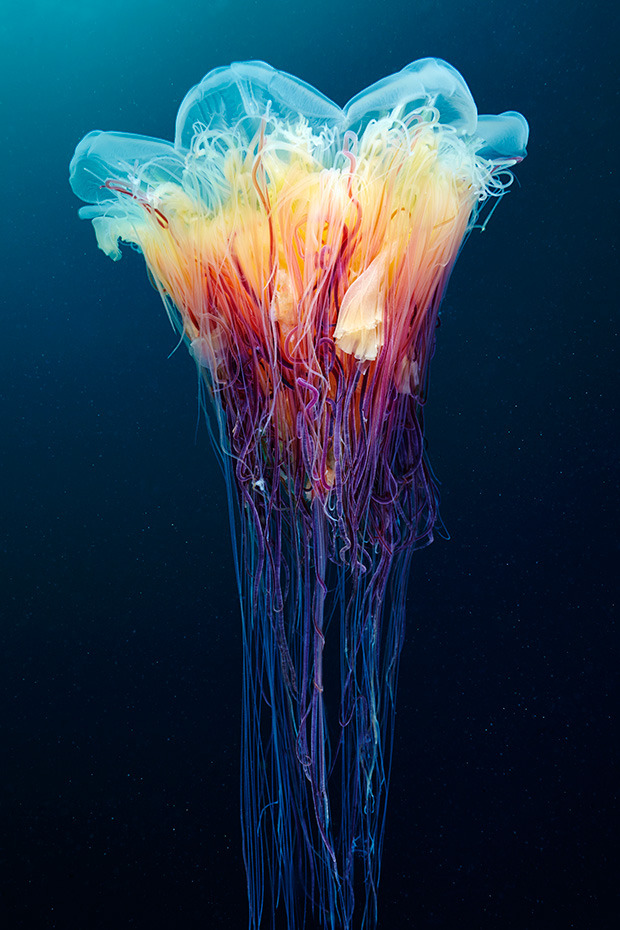


久シブリノコトヲ


_64Z5663 copy by mingthein (via http://flic.kr/p/qunxMB )

Peix Fish - Frank Gehry by mr prudence (via http://flic.kr/p/qdpMoU )

Balkanzug, Konstantinopel - Berlin by ✠ drakegoodman ✠ (via http://flic.kr/p/pycrgs )

In ABC Sydney TARDIS 2 this time, for @720perth. Standing by… by Stilgherrian (via http://flic.kr/p/qt8CSW )

confined by liver1223 (via http://flic.kr/p/qtcnRL )